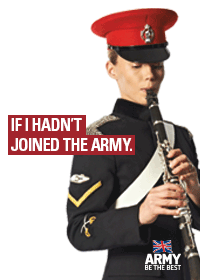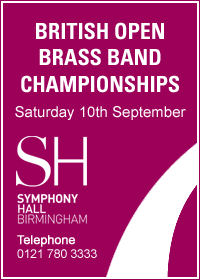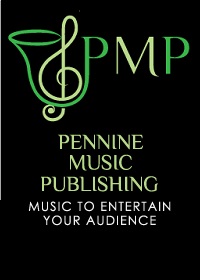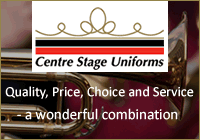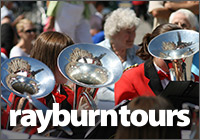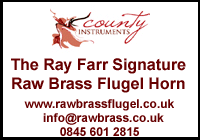2007 Spring Festival - Senior Trophy test piece review
15-May-2007Ballet for Band will require a light touch and an appreciation of the finer things, what with lads in tights and girls who make Kate Moss look as big as Fern Britten in a tutu. 'It's all in the mind' the composer says...
Joseph Horovitz's ‘Ballet for Band' may on the face of it not provide the contenders with the hardest technical challenge they are ever likely to face, but they would be wrong to underestimate this very clever and very subtle piece of brass writing.
It was written as the set work for the 1983 National Championships, which were won by the Cory Band under the direction of the great little maestro himself, Major Arthur Kenney. The difference that day between his band and just about everyone else was that he genuinely played the score as ballet music – light and breezy with a real emphasis on the imagined characters of the work. And the characters are imagined, as there is no real descriptive footnote to the score from the composer himself.
Horovitz makes the point that it is literally the music for an imaginary ballet, where although the characters it is meant to portray were clear in the composers mind, he preferred to leave the audience use their own thought process to think about what is heard.
"The characters and plot were quite clear in my mind before composing it, but I prefer the audience to exercise its own imagination rather than to be influenced by mine. The work is in three linked sections, the central one being the most lyrical. All themes are directly or more subtly derived from the opening fanfare motive, which is heard at the end."
It is only around 10 minutes long, but it is 10 minutes of wonderful music and if it is approached in the right manner can sound quite magical.
If a conductor can capture the style and sense of wit and freedom in the writing then it all makes wonderful sense – from the opening fanfare and octave jump from the basses and the bass trombone through to the almost comedic tuba duet and lithe filigree work that bursts onto the scene from the soprano, horn and the liberal use of the repiano as a fantastic bridge throughout the whole piece. This is writing for the repiano just as it should be – an artistic solo line in its own right rather than just a ‘add on' for the solo cornets and there can't be too many test pieces even in modern times that uses the instrument in such an unique way.
The main central section is a wonderful exposition of lyrical writing, led by the flugel and then soprano and cornets – all at a dynamic level that will tests even the very best bands in terms of control, balance and tonal quality. The final six bars are marked at the lowest dynamic levels and all at a slow pulse in meter. It is a very stern test of quality musicianship.
After a brief, almost comical introduction, featuring cheeky motifs from the soprano, repiano (again) and flugel, the final section asks for fleet footed precision with a lightness of touch even at higher dynamic markings. It all ends in a reprisal of the opening motifs and a measured accelerando to the superby engineered finish – the only time in the whole work that is played at fff.
'Ballet for Band' is one of the most elegant and eloquent works for brass band, beautifully constructed with a true sense of individual style. It will take some playing even 25 years after it was first performed so memorably by Cory and the little pocket genius that was Arthur Kenney – a man who would have been at home as a character in any ballet production.
Iwan Fox





